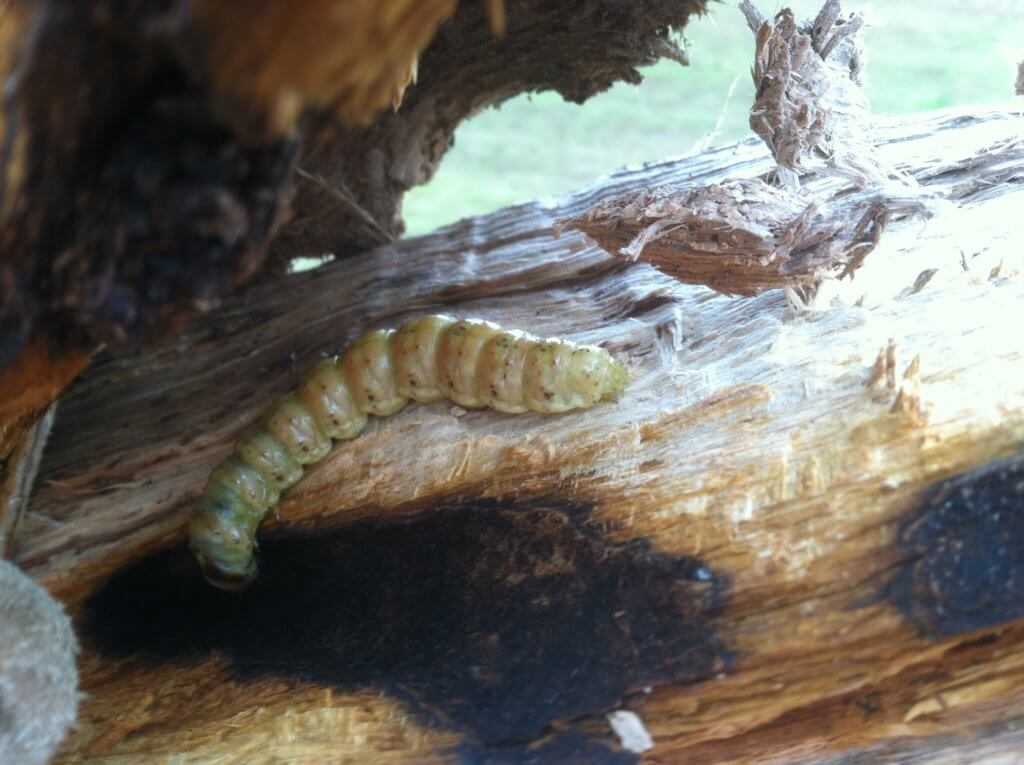NOTE: THIS POST IS FROM NOVEMBER 2018
This fall’s recent open comment period on the proposal to lift the federal quarantine on emerald ash borer brought in well over 140 comments, many of them from national, regional, or statewide groups. In order to facilitate finding and reading the comments that are most pertinent to our partners’ needs and interests, the staff at Don’t Move Firewood have created a linked list of comments sorted into broad groups. Please note this is NOT all the comments, and errors and omissions in this listing may exist. For the full and definitive list of all public comments, please visit Regulations.gov directly.
National or Large Regional Scope Groups:
- Coalition Against Forest Pests
- National Association of State Foresters
- National Plant Board
- Southern Group of State Foresters
- The Nature Conservancy
- Western Governor’s Association
State or Tribal Governments and Agencies:
- Aroostook Band of Micmacs
- California Department of Food & Agriculture
- Fond du Lac Band of Lake Superior Chippewa
- Houlton Band of Maliseet Indians
- Kansas Forest Service
- Maine Forest Service
- Minnesota Department of Agriculture
- Minnesota Forestry Association
- Montana Department of Natural Resources and Conservation
- Nebraska Forest Service
- North Dakota Department of Agriculture
- North Dakota Forest Service
- Oregon Department of Environmental Quality
- Oregon Department of Forestry
- Penobscot Nation
- South Dakota Department of Agriculture
- Tennessee Division of Forestry
- Texas A&M Forest Service
- Vermont Dept of Forests, Parks and Recreation and Vermont Agency of Agriculture, Food and Markets
- Wisconsin Department of Natural Resources Division of Forestry
National Private Industry Groups:
Other Groups:
- Appalachian Trail Conservancy
- California Forest Pest Council
- Center for Invasive Species Prevention
- Clackamas, Clark, Multnomah and Washington (OR) CWMA
- Jefferson County (CO) Invasive Species Management
- Maine Mountain Collaborative
- Maine Woodland Owners
- Metro Council (Portland OR Region)
- Montana Urban and Community Forestry Association
- South Dakota Campground Owners Association
- Tualatin (OR) Soil and Water Conservation District
- West Multnomah (OR) Soil & Water Conservation District




